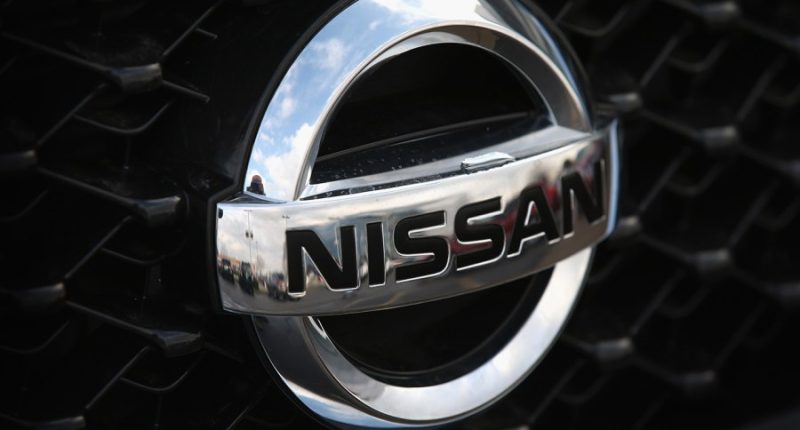Share this @internewscast.com

(TestMiles) – Nissan has quietly discontinued the $18,330 Versa S manual, marking the end of America’s sub-$20,000 new car era. Even the most basic budget cars are no longer immune to the effects of tariffs compressing profit margins.
Why does this car matter right now? Because this isn’t merely about the loss of an inexpensive vehicle; it’s about the loss of an entire category. With the elimination of the base-model Nissan Versa S, which was previously the only new car available in the U.S. for less than $20,000, the market has effectively shut out budget-minded consumers. Forget about incentives on EVs or luxury enhancements. For those in need of a new car that operates smoothly without affecting the rent, the answer was once clear. It was the Versa.
But no longer.
Nissan has removed the manual transmission version of the Versa S, which was the only model that managed to stay under the $20,000 threshold with a basic five-speed manual and no extra features. The least expensive new Versa now starts at $21,130, attributed to a compulsory CVT and inflation-driven trims. Nissan’s official stance? They’re “focusing on the most popular Versa grades that deliver the strongest business performance.” In other words: fewer consumers are interested in manual transmissions, and tariffs further complicate the justification for producing budget cars.
The Versa isn’t dead, yet, but its pricing edge has eroded. The death of the under-$20K new car says more about the state of the industry than it does about one forgotten sedan.
How does it compare to rivals? It still undercuts them, but not by much.
The Versa now starts at $21,130, which means it’s still the most affordable new car in the U.S. That’s technically true, but not emotionally comforting. Just behind it are the Nissan Sentra ($22,730), Hyundai Venue ($21,650), and Chevrolet Trax ($21,895).
None of them are sedans. That leaves the Versa as the last of its kind, a subcompact four-door car designed for city living, learner’s permits, and ride-share hustles. However, if pricing continues this trend, the category may disappear entirely.
The Mirage? Gone. The Rio? Discontinued. The Yaris? It’s now just a memory and a badge-engineered Mazda in select overseas markets.
Buyers might shrug and turn to compact SUVs, but those bring higher insurance, worse fuel economy, and more weight for the same power. If you value simplicity, the Versa used to make sense. Now it makes compromises.
Who is this for, and who should skip it? The Versa remains for folks who want a new car without the new car price tag, students, seniors, Uber hopefuls, and anyone who’d rather not deal with Facebook Marketplace haggling or Craigslist roulette. It has a 3-year warranty, modern safety tech, and decent fuel economy.
But make no mistake. The fun is gone. With the manual transmission out, driving engagement is toast. And if you were hoping to dodge that $20K sticker with an entry-level sedan, you’re now officially out of luck.
Enthusiasts can skip it. The CVT saps any hint of driving charm and won’t impress your mates at Cars & Coffee. But if you’re a commuter with an allergy to dealer markup, the Versa is barely your cheapest new option.
What’s the long-term significance? This isn’t just a trim change, it’s a tipping point.
We see the slow death of the economy car as we know it. Manufacturers can’t afford to build them, and most buyers no longer want them. Add rising tariffs on imported components and tightening safety and emissions regulations, and suddenly, a car like the Versa S manual becomes a business liability.
The average new car transaction price in America now hovers above $47,000. Even the bargain brand Nissan can’t make a sub-$20K new car work anymore. That should concern anyone who thinks mobility shouldn’t require a five-year loan and an 800 credit score.
There was a time when the cheapest car on the lot had a price tag you could actually pay in cash. That time has just ended.















